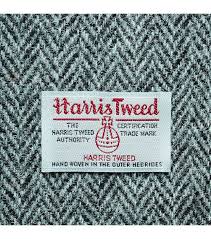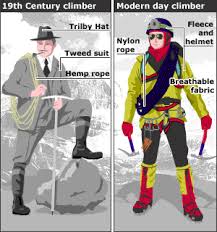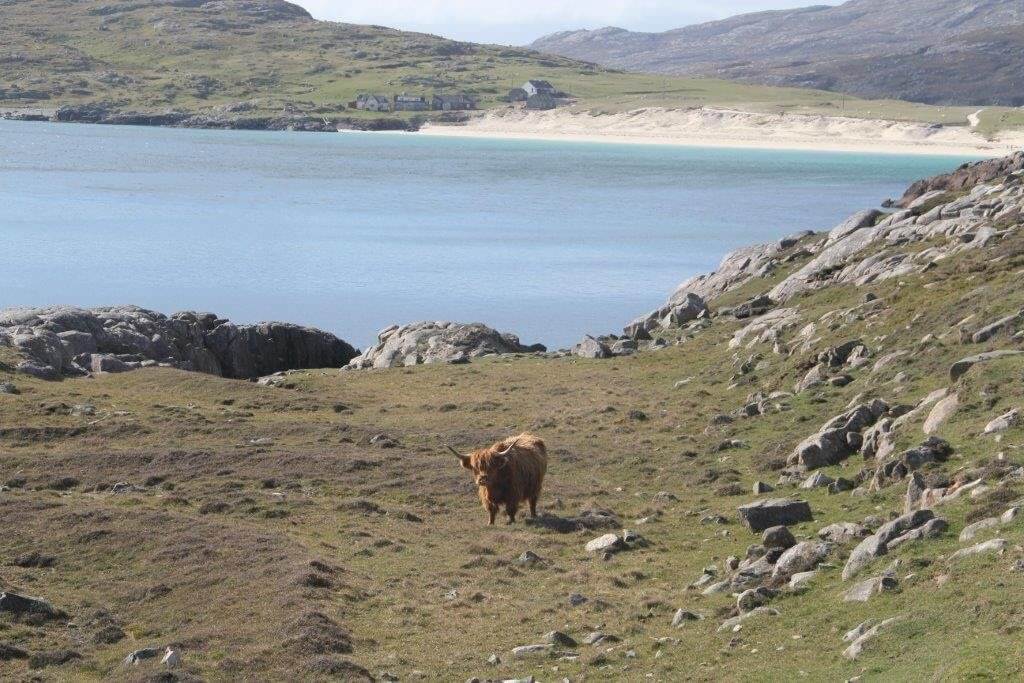This website uses cookies to improve your experience. We\'ll assume you\'re ok with this, but you can opt-out if you wish. Read More
In case of sale of your personal information, you may opt out by using the link Do Not Sell My Personal Information

Full on tweed suit – on trend in those days!

Authenticated tweed fabric from Harris must contain this badge or it is not guaranteed Harris tweed

How mountaineering gear has changed through the ages – from tweed to gortex.

Tweed in fashion and accessories as you’ll see today.
A visit to Scotland wouldn’t be complete without catching a glimpse of the ginger-fringed and friendly Highland coo! These lovable and docile creatures are a famous picture-postcard icon of our country, but they’re more than just a pretty face. Being the nature enthusiasts that we are and regularly having the chance to see these beauties roaming freely, we thought we’d answer some regular coo FAQs!
They’re a far cry from the short-haired black and white dairy cow, and that’s because these hardy souls evolved to put up with the wind, rain, snow and sub-zero temperatures that come with living outdoors through a Scottish winter. Though the classic ginger fringed cow is the star of many selfies, they actually come in a variety of colours – blonde, black, brown and a mixture! They have two coats, one longer outer coat to protect them from the elements, and a downy undercoat to keep them cosy. While most cattle would take warm shelter in harsh weather conditions, our highland coos are comfortable setting up for a night in an open shelter (called a fold). Their famous fringe (called a dossan) and long eyelashes protect their eyes from the weather and pesky midges.
Check out VisitScotland’s Coo Cam and say hello to Thelma, Louise, Cairistiona, Breagh and Janima from Kitchen Coos and Ewes in Dumfries and Galloway and Swanston Farm in Edinburgh.
Both male and female highland cows have horns. Although they look intimidating, they’re used to forage for food or to dig through the snow in winter – so a very tough look for a far more innocent use! You can tell a male and female coo apart by their horns. Male horns will generally come out parallel to the ground and turn up or forward slightly at the ends. Females have longer, thinner horns which have much more of an obvious curve.
First recorded in the Scottish Highlands (as early at the sixth century!) – they were named after their origins. Nowadays you can find the Highland Coo dotted all over Scotland, including the islands! VisitScotland have created a handy guide of all the places you might spot a Highland coo as and when COVID restrictions allow, from the northern tip to the borders of the country. Your safest bet would be the Highlands, and for the true rural Scottish wildlife experience we highly recommend setting up base in the Cairngorms and taking a few days to explore. Our Highland Wilderness Trips are famous for sights of deer, rare birds, badgers and of course the gorgeous Highland coo too!
If you’re keen to see a coo our recommendations would be to join us on a visit to Lynbreck Croft (to be included on the Highland Family Adventure and Cairngorm Discovery tours) or check in with Rothiemurchus estate on their coo tours for your rest day activity. There are also coo viewing opportunities when we do to Harris (Western Isles Wilderness), Skye (Superlative Skye), Knoydart (Wild Knoydart) and Torridon (Classic Torridon) – so almost everywhere we go!

One of the local residents observes the tourists disdainfully from his/her comfy abode.
If you love the Highland Coo/Cow we highly recommend following Lynbreck Croft on Facebook.
Looking back through our photos taken during 2020, it doesn’t seem to have been that bad … but at the time, there were moments.
We’ve put together a wee video of the highlights. Hope you enjoy having a look.
All content © Copyright Scot Mountain Holidays 2025
Responsive web design by Summit Web Solutions